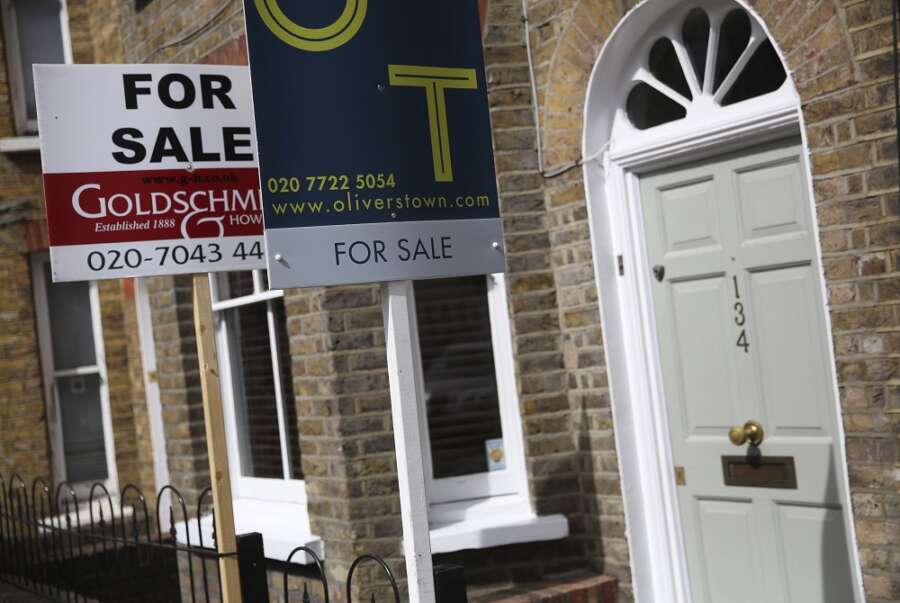
LONDON (Reuters) – British house prices were unchanged in January after falling in month-on-month terms in each of the previous four months as borrowing costs rose, mortgage lender Halifax said on Tuesday.
The annual rate of house price growth slowed to 1.9%, the weakest increase in three years, Halifax said.
Britain’s housing market saw a surge in demand from buyers during the coronavirus pandemic but a sharp rise in interest rates over the past year and the squeeze on households’ budgets caused by high inflation has hit the momentum.
Kim Kinnaird, a director at Halifax Mortgages, said the trend of higher borrowing costs hitting demand was likely to continue in 2023.
“For those looking to get on or up the housing ladder, confidence may improve beyond the near term,” she said.
“Lower house prices and the potential for interest rates to peak below the level being anticipated last year should lead to an improvement in home-buying affordability over time.”
In London, where the housing market has underperformed those of other regions of the country, prices in January were unchanged from the same month last year after rising by nearly 3% in the 12 months to December, Halifax said.
Rival mortgage lender Nationwide said last week its measure of house prices dropped by a bigger-than-expected 0.6% in January and was 3.2% below its peak in August.
As well as the Bank of England’s increases in interest rates since December 2021, there was a major disruption to the mortgage market in late September and October following former prime minister Liz Truss’s “mini budget”.
Mortgages approved in December fell to their lowest since the 2008-09 global financial crisis, excluding the start of the COVID-19 pandemic when there were strict lockdown restrictions, the BoE said last week.
Martin Beck, an economist with forecaster EY Item Club, said January’s flat-lining of prices, as recorded by Halifax, might prove only a temporary pause in a trend of falling prices.
“Although mortgage rates have dipped from post-mini-Budget peaks, they’re still at their highest in a decade,” he said.
(Writing by William Schomberg; graphic by Sumanta Sen; editing by Sarah Young and Arun Koyyur)


